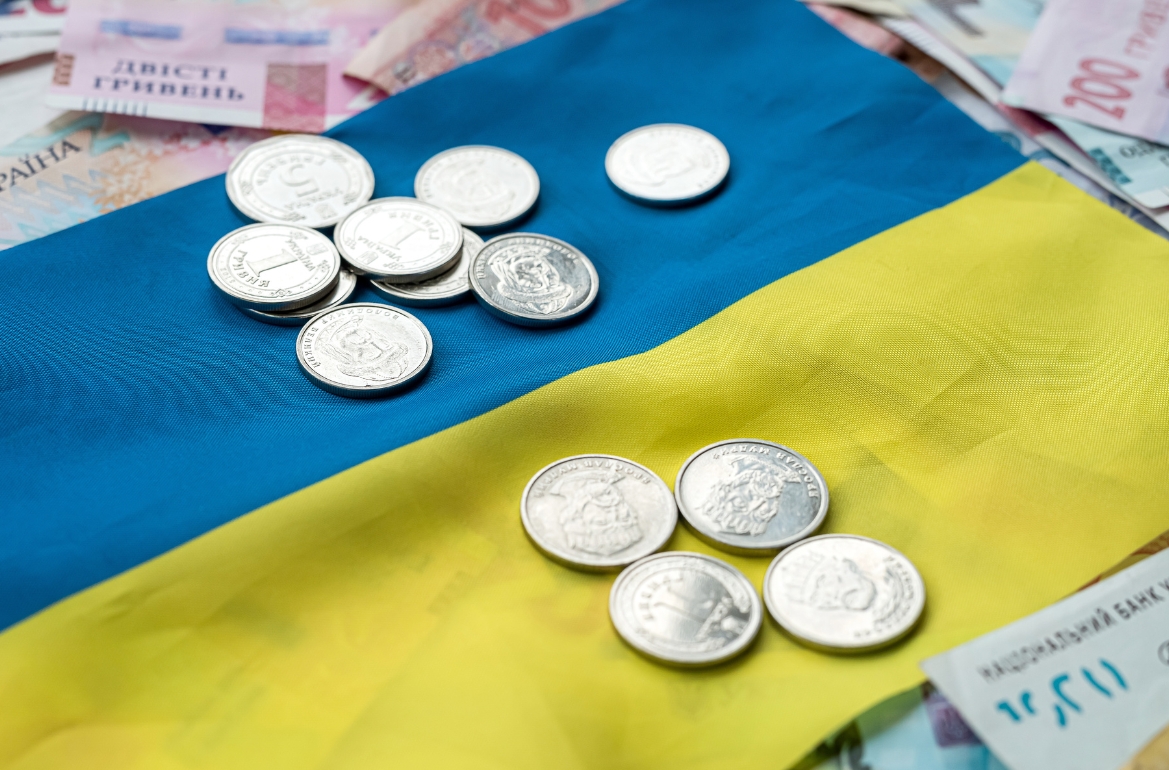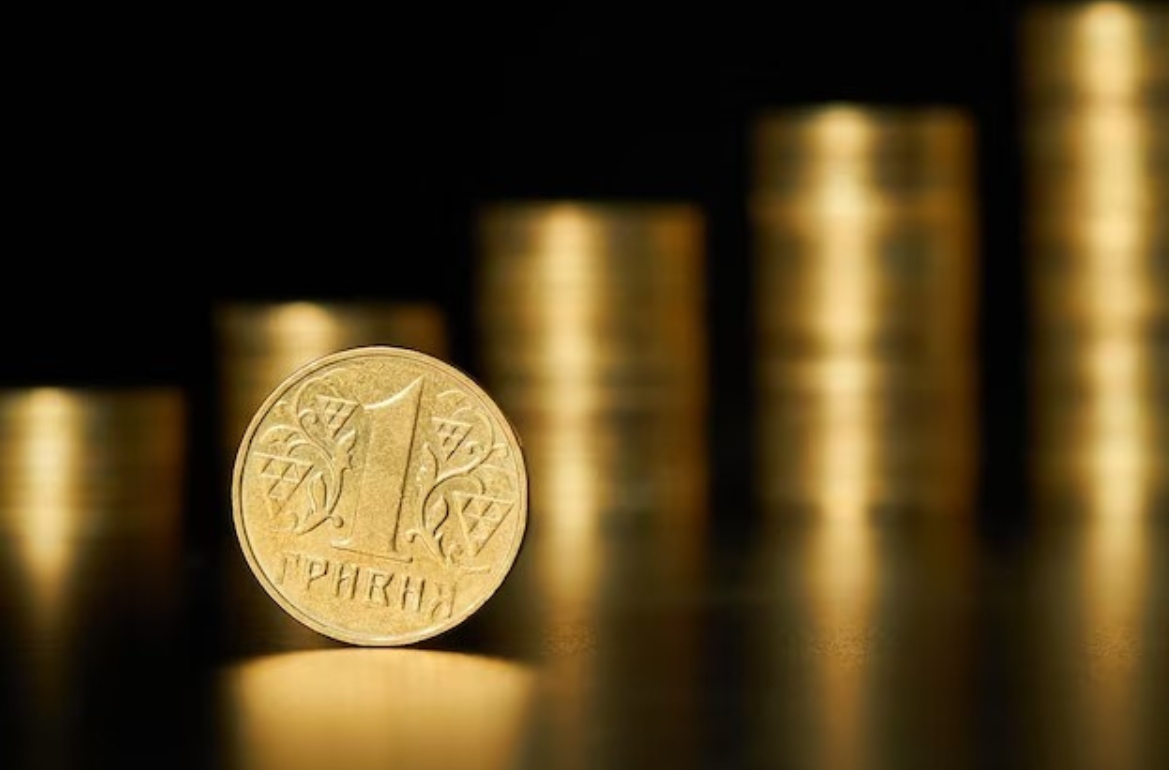On September 2, Ukraine quietly celebrates the birthday of its national currency, the hryvnia. In 1996, after years of economic uncertainty following independence, the country replaced the karbovanets with a new unit of account. For two weeks, Ukrainians lined up at banks to exchange their old notes for a symbol of a nation striving for stability and sovereignty. It was a small ritual with profound meaning: money, after all, is more than numbers on paper; it is trust, identity, and the promise of a future.
The early days of the hryvnia were modest. The first banknotes were printed in Canada, a necessity born of circumstance. Ukraine lacked the facilities to produce its own money. Today, the currency is fully made at home, at a modern Ukrainian Banknote and Mint Factory. Even the paper tells a story of resilience: flax grown in Ukraine forms fibers strong enough to endure thousands of folds. During the full-scale invasion, the factory was evacuated and fully resumed operations, a quiet act of defiance, a testament to endurance under fire.
The hryvnia has evolved, passing through four generations of design and function. The first notes, issued in 1992, were simple and utilitarian. Later iterations brought higher denominations, security features, and aesthetic flourishes. Coins replaced smaller bills, and by 2019, the thousand-hryvnia note appeared, a symbol of modern Ukraine. Security has been paramount: reinforced fibers, intricate prints, and embedded elements ensure that each note can withstand not just wear and tear, but the tests of a turbulent economy.
Every symbol matters. The hryvnia sign, a stylized “г” crossed by two parallel lines, conveys stability and growth. And among the faces that adorn the bills, only one belongs to a woman: Lesya Ukrainka, the poet whose words shaped a nation’s literary soul, gracing the 200-hryvnia note. Coins and notes alike circulate widely, with the 500-hryvnia bill and one-hryvnia coin now the most common. Smaller denominations fade into obscurity, a reminder that even money, like history, has a hierarchy.
The name “hryvnia” itself is a journey through time. In pre-Slavic societies, it meant a necklace or bracelet, a sign of status. In Kievan Rus, it became a unit of weight, then of silver currency. Gold and silver bars, standard in shape and weight, were traded long before coins existed, and by the eleventh century, the coin hryvnia was known across the region. Its roots are tangible, connecting the modern citizen to centuries of commerce, craft, and culture.
In the modern economy, the hryvnia has faced challenges. After its introduction, one dollar was worth about 1.8 hryvnias. Economic crises soon followed, and the currency adjusted, stabilizing at about five hryvnias per dollar for a long period. But through fluctuation and turmoil, the hryvnia endures, a symbol of national resilience. Each note and coin tells a story: of independence regained, of industry built at home, and of a people maintaining continuity with their history while shaping a future of their own making.






















